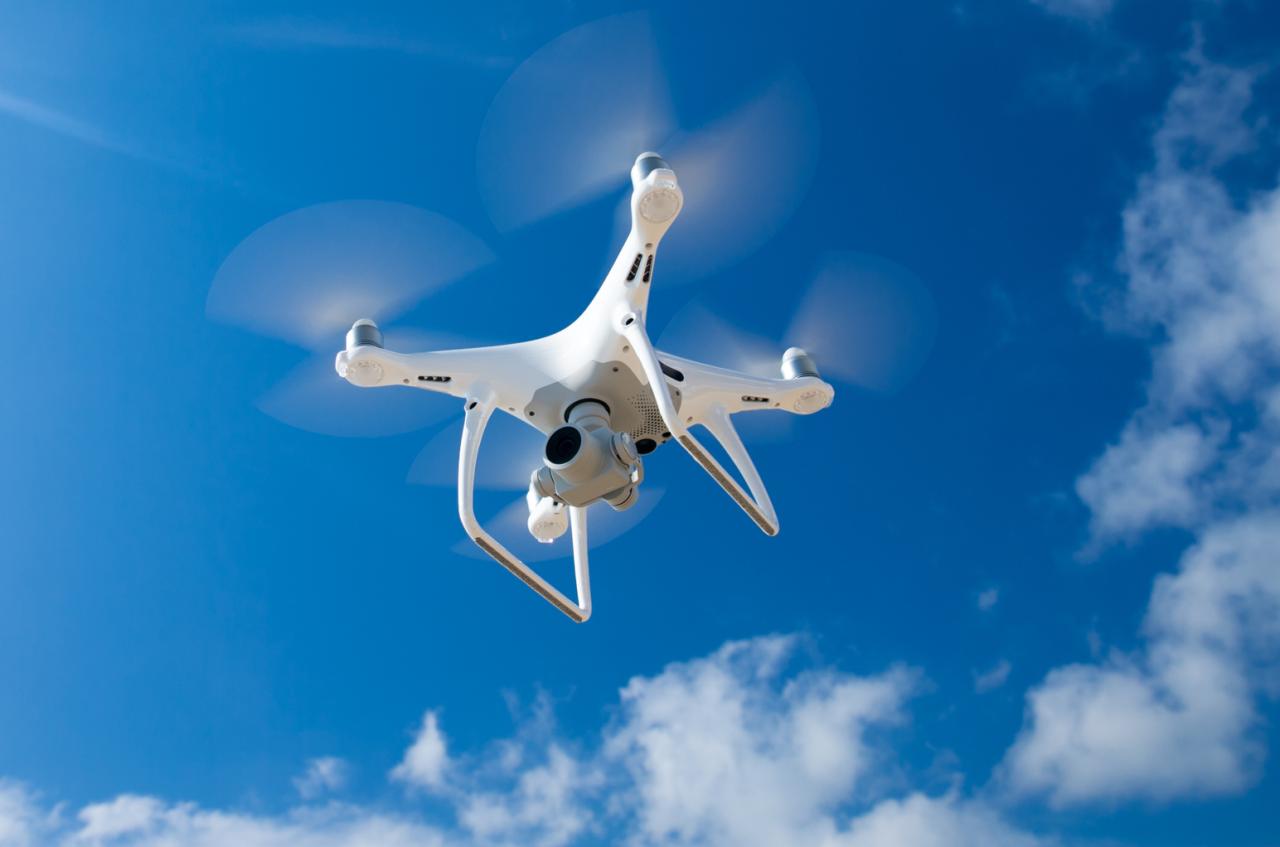Sky elements drones are revolutionizing atmospheric research, offering unprecedented access to previously unreachable data. These unmanned aerial vehicles (UAVs), equipped with a variety of sophisticated sensors, are transforming our understanding of weather patterns, air quality, and climate change. From monitoring extreme weather events to studying cloud formation at close range, drones provide a flexible and cost-effective alternative to traditional methods like weather balloons and satellites, enabling scientists to gather highly detailed, real-time information about the atmosphere.
This detailed exploration delves into the technology behind sky elements drones, their diverse applications in meteorology and environmental science, the challenges involved in their operation, and the exciting future possibilities they represent. We will examine specific examples of drone missions, data analysis techniques, and the potential of artificial intelligence to further enhance our atmospheric understanding.
Drone Technology in Atmospheric Research
The integration of unmanned aerial vehicles (UAVs), commonly known as drones, into atmospheric research has revolutionized data collection methods. Drones offer unprecedented access to atmospheric layers previously difficult or impossible to reach using traditional techniques, providing more detailed and localized data. This section details the types of drones employed, their advantages and disadvantages, and the common sensors used for atmospheric data acquisition.
Types of Drones Used for Atmospheric Data Collection
Several drone types cater to different atmospheric research needs. Fixed-wing drones excel in covering large areas efficiently, while multirotor drones provide superior maneuverability for precise data collection in complex terrains or close proximity to weather phenomena. Hybrid drones combine the advantages of both, offering extended range and precise hovering capabilities. High-altitude pseudo-satellites (HAPS) drones, operating in the stratosphere, provide unique long-term observation perspectives.
The choice of drone type depends heavily on the specific research objectives and environmental conditions.
Advantages and Disadvantages of Drone-Based Atmospheric Research
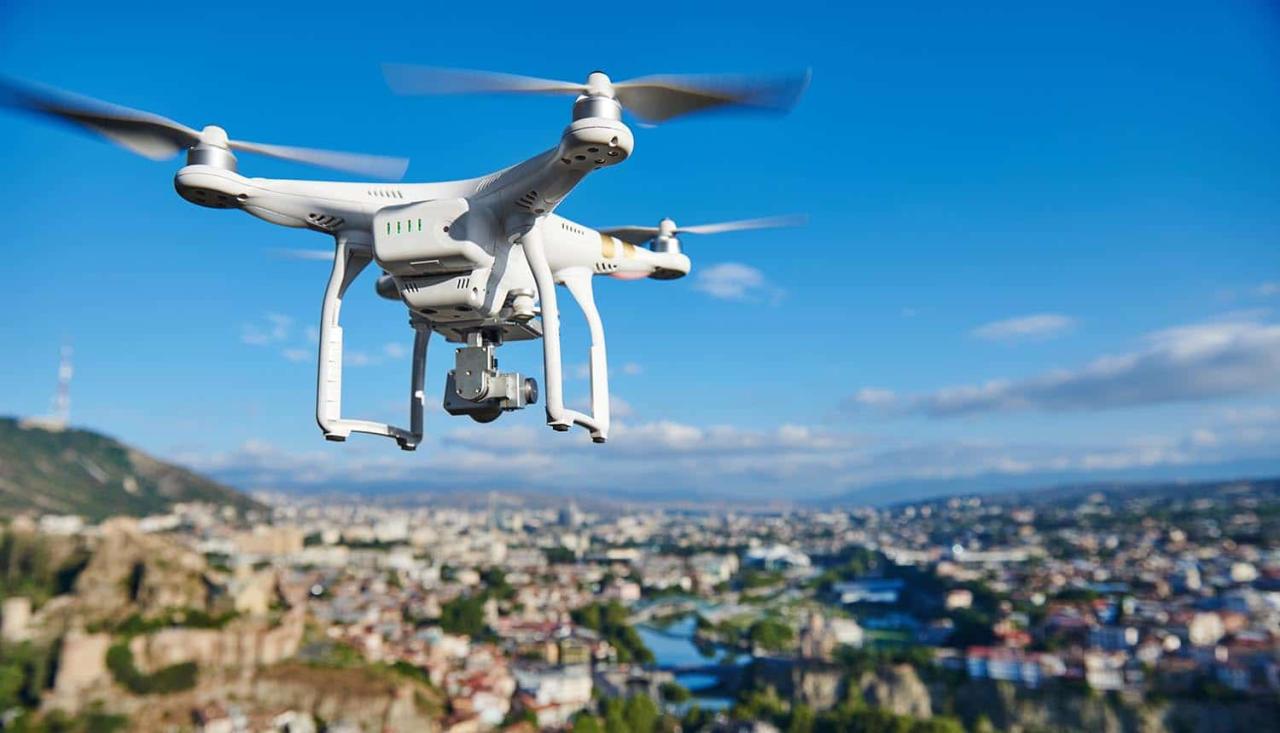
Compared to traditional methods like weather balloons and satellites, drones offer distinct advantages and disadvantages. Drones provide higher spatial resolution data, allowing for more detailed analysis of localized atmospheric phenomena. Their flexibility enables targeted data collection at specific locations and altitudes, unlike weather balloons, which follow atmospheric currents passively. However, drones have limitations in altitude and operational range compared to satellites, and their flight time is constrained by battery life.
- Advantages: High spatial resolution, flexible deployment, targeted data collection, cost-effective for localized studies.
- Disadvantages: Limited altitude and range, constrained flight time, susceptible to weather conditions, regulatory restrictions.
Sensors and Payloads for Sky Element Studies
A variety of sensors are integrated into drones to gather atmospheric data. These sensors provide crucial information about temperature, pressure, humidity, wind speed, and other parameters. The selection of sensors depends on the specific research goals.
Sky elements drones are revolutionizing aerial displays, offering breathtaking possibilities for customized light shows. For a prime example of this technology in action, check out the spectacular orlando drone show , showcasing the latest advancements in drone choreography and lighting. The innovative designs and capabilities demonstrated there highlight the exciting future of sky elements drones and their potential for large-scale events.
| Sensor Type | Measurement | Accuracy | Limitations |
|---|---|---|---|
| Temperature Sensor | Air temperature | ±0.5°C | Affected by solar radiation, sensor self-heating |
| Pressure Sensor | Atmospheric pressure | ±1 hPa | Sensitivity to altitude changes, temperature fluctuations |
| Humidity Sensor | Relative humidity | ±2% RH | Susceptible to condensation, temperature dependence |
| Anemometer | Wind speed and direction | ±0.5 m/s | Affected by drone movement, turbulence |
Applications of Sky Element Drones in Meteorology
The use of drones in meteorology has broadened the scope of atmospheric research, providing valuable insights into various weather phenomena and environmental conditions. This section explores several key applications of sky element drones in meteorological studies.
- Cloud Formation and Precipitation Studies: Drones equipped with specialized sensors can collect detailed data on cloud microphysics, providing insights into the processes of cloud formation, growth, and precipitation. This data helps improve weather forecasting models.
- Extreme Weather Event Monitoring: Drones can be deployed to gather data within hurricanes, tornadoes, and other extreme weather events, providing real-time information on wind speed, temperature, and humidity profiles. This information is crucial for improving early warning systems and understanding extreme weather dynamics.
- Air Quality Monitoring and Pollution Detection: Drones equipped with gas sensors can measure pollutants like particulate matter, ozone, and nitrogen oxides, mapping pollution sources and dispersion patterns. This data helps in developing strategies for air quality improvement and pollution control.
Challenges and Limitations of Sky Element Drones
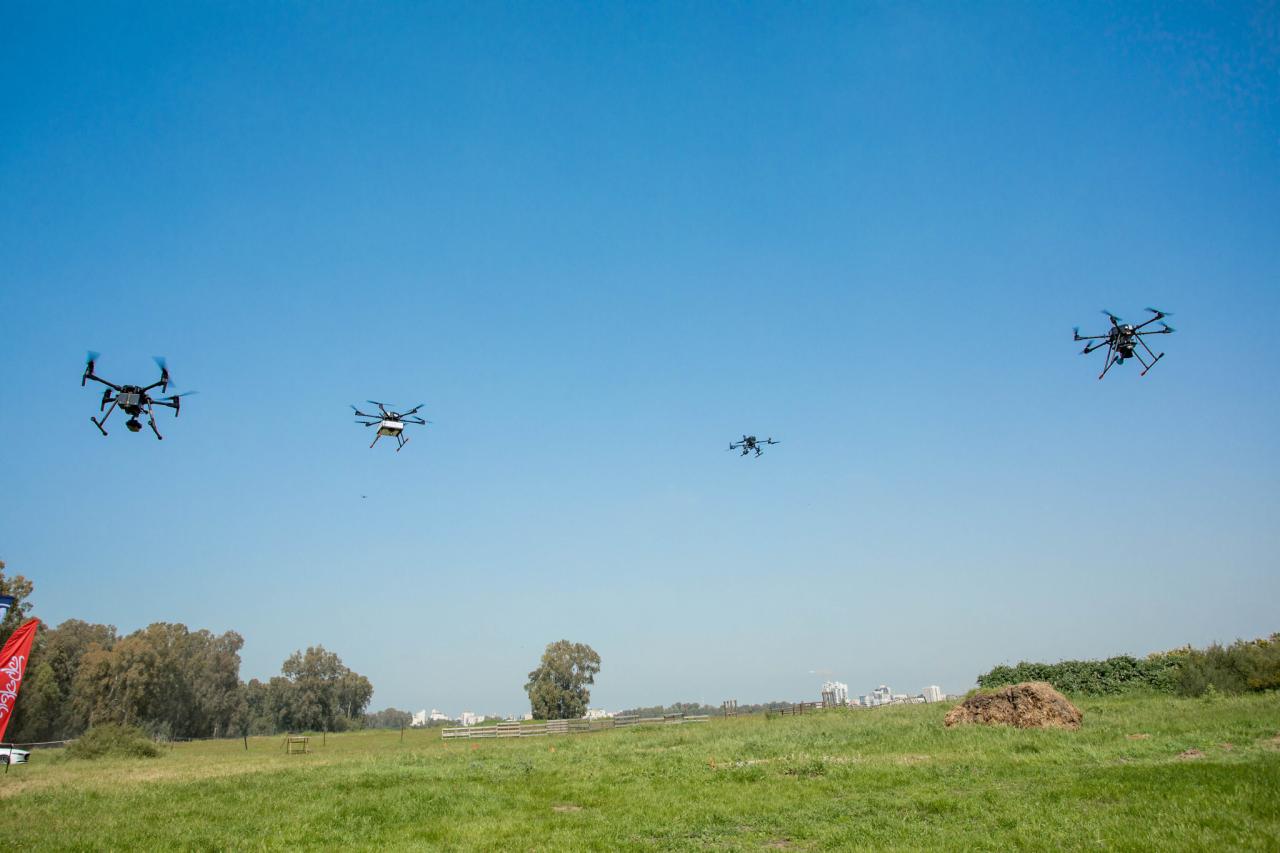
Despite the numerous advantages, drone-based atmospheric research faces several challenges. These challenges span technical, regulatory, and economic aspects, requiring careful consideration for successful mission implementation.
Technical Challenges
Operating drones in diverse atmospheric conditions presents significant technical hurdles. High altitudes, strong winds, and extreme temperatures can impact drone stability and sensor performance. Maintaining communication links and ensuring data integrity in challenging environments are critical considerations.
Regulatory and Safety Considerations
The operation of drones in airspace is subject to strict regulations to ensure safety and prevent collisions with manned aircraft. Obtaining necessary permits and adhering to airspace restrictions are essential aspects of drone operations. Ensuring the safe and responsible use of drones is paramount.
Cost-Effectiveness
The cost-effectiveness of drone-based atmospheric research needs to be evaluated against traditional methods. While drones can be cost-effective for localized studies, the initial investment in drones, sensors, and data processing can be substantial. A thorough cost-benefit analysis is crucial for justifying the use of drones in research projects.
Data Analysis and Visualization from Sky Element Drones: Sky Elements Drones
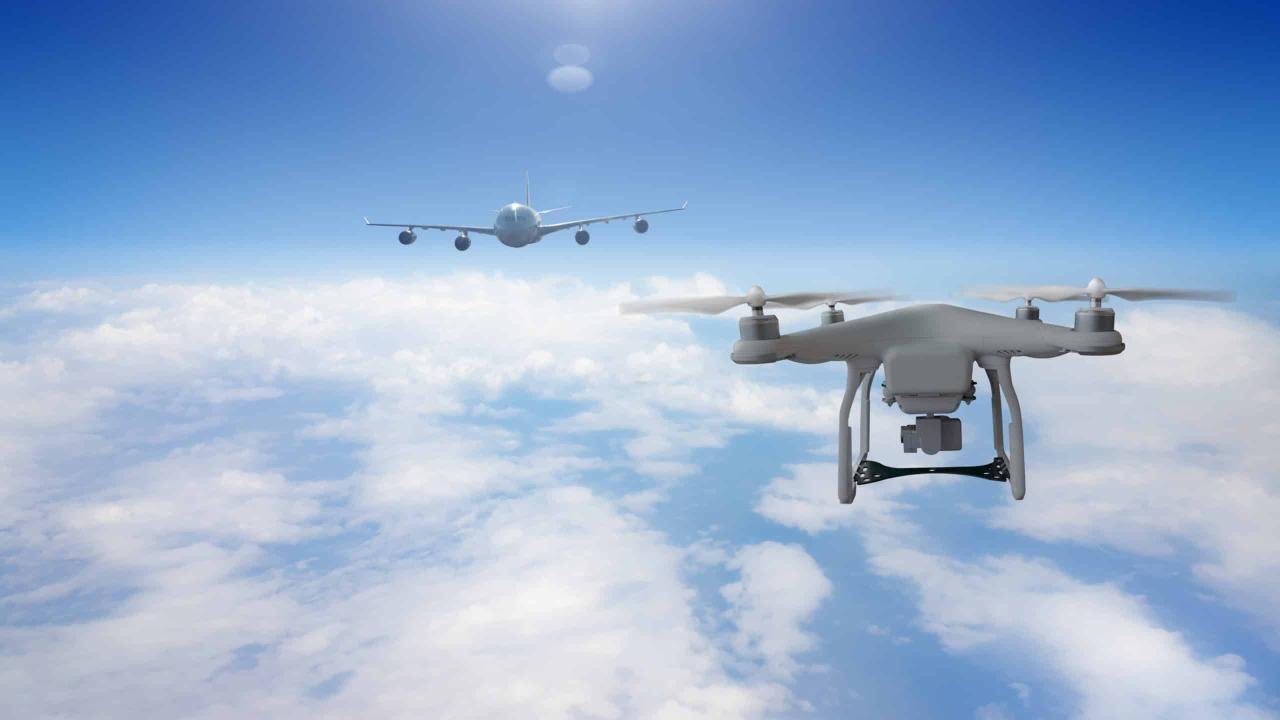
The data collected by sky element drones requires careful processing and analysis to extract meaningful insights. This section Artikels methods for data processing, visualization, and report generation.
Data Processing and Analysis
Data processing involves cleaning, calibrating, and validating the raw data collected by the drone sensors. Statistical analysis techniques are then employed to identify trends, patterns, and correlations in the data. Software packages such as MATLAB, Python (with libraries like NumPy and SciPy), and R are commonly used for data analysis.
3D Visualization of Atmospheric Data
A 3D model visualizing atmospheric data could represent the flight path of the drone as a line, with color-coded spheres along the path indicating temperature variations. The size of the spheres could represent the magnitude of the temperature, with larger spheres indicating higher temperatures. Different colors could be used to represent other parameters, such as humidity or wind speed, creating a visually rich representation of the atmospheric conditions.
Report Summarizing Drone-Based Atmospheric Study
A comprehensive report should include an introduction outlining the research objectives, methodology, and data collection techniques. The results section would present the processed data using tables, graphs, and maps, highlighting key findings. A discussion section would interpret the results, comparing them with existing literature and addressing any limitations of the study. A conclusion section would summarize the main findings and suggest future research directions.
Sky elements drones offer exciting possibilities for aerial photography and data collection, especially considering their increasing sophistication. However, even these advanced technologies pale in comparison to the logistical marvel that is NORAD’s Santa tracking operation; you can reach them via the norad santa tracker phone number if you’re curious about their operational details. Ultimately, both sky elements drones and NORAD’s tracking system demonstrate impressive technological capabilities in different spheres.
The report should also include a detailed description of the equipment used, and a complete data appendix.
Future Trends in Sky Element Drones
The field of sky element drones is constantly evolving, with ongoing advancements promising to further enhance atmospheric research capabilities. This section explores some key future trends.
Advancements in Drone Technology, Sky elements drones
Future advancements include longer flight times, increased payload capacity, improved sensor technology (e.g., miniaturized, higher-resolution sensors), and enhanced autonomous flight capabilities. We can expect to see drones capable of operating in even more challenging atmospheric conditions, with improved resilience to extreme weather.
AI and Machine Learning in Data Analysis
AI and machine learning will play a crucial role in analyzing the vast amounts of data collected by drones. These technologies can automate data processing, identify patterns and anomalies, and improve the accuracy of weather forecasting models. For instance, machine learning algorithms could be trained to predict thunderstorm formation based on drone-collected data on temperature, humidity, and wind speed.
Timeline of Sky Element Drone Technology Evolution
Over the next decade, we can anticipate: (2024-2026) widespread adoption of standardized drone platforms and sensors; (2027-2029) development of advanced AI-powered data analysis tools; (2030-2034) integration of drones into operational weather forecasting systems, with real-time data integration and improved prediction accuracy. This timeline represents a projected evolution, influenced by ongoing technological advancements and research.
The increasing sophistication of sky elements drones, particularly in terms of their navigation and payload capabilities, raises significant concerns. Recent events, such as the kazan drone attack , highlight the potential for misuse of this technology. Understanding these risks is crucial for developing effective countermeasures and ensuring responsible development within the sky elements drone industry.
Illustrative Example: A Thunderstorm Study
This section details a hypothetical mission to study a thunderstorm using a sky element drone.
Mission Design
A multirotor drone equipped with temperature, humidity, pressure, and wind speed sensors would be deployed to fly through a developing thunderstorm. The flight path would be pre-programmed to ascend through different layers of the storm, collecting data at various altitudes. Data would be transmitted in real-time to a ground station for immediate analysis.
Anticipated Results and Interpretation
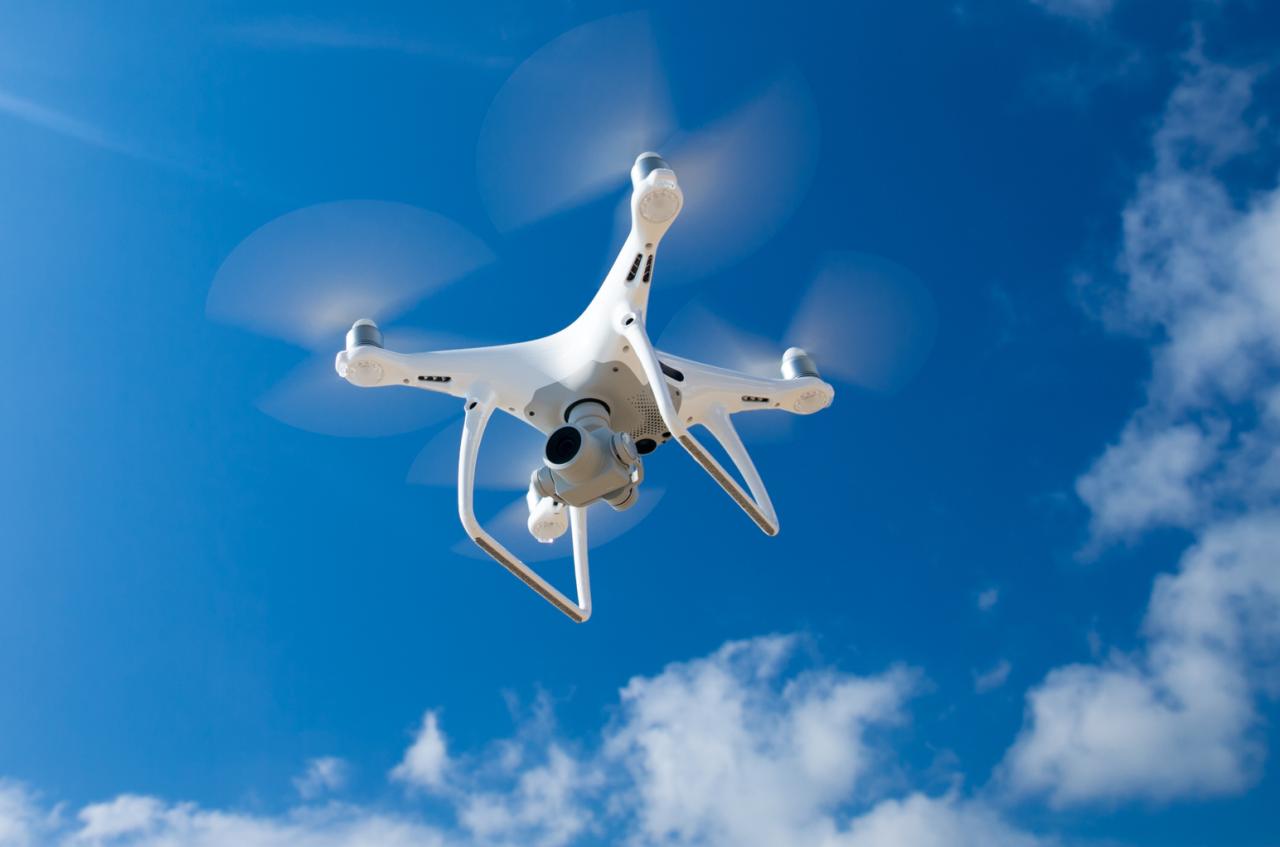
The data would reveal the vertical profiles of temperature, humidity, and wind speed within the thunderstorm. These profiles would provide insights into the storm’s structure, intensity, and evolution. Analysis would focus on identifying areas of high updrafts and downdrafts, and the relationship between temperature, humidity, and precipitation formation.
Hypothetical Data Table
| Time | Altitude (m) | Temperature (°C) | Humidity (%) |
|---|---|---|---|
| 14:00 | 500 | 15 | 70 |
| 14:05 | 1000 | 10 | 85 |
| 14:10 | 1500 | 5 | 95 |
| 14:15 | 2000 | 0 | 100 |
The integration of drones into atmospheric research marks a significant advancement, providing unparalleled opportunities for data collection and analysis. While challenges remain in terms of regulation, cost, and technological limitations, the potential benefits are immense. As drone technology continues to evolve, incorporating advancements in AI and machine learning, we can anticipate even more sophisticated and efficient methods for studying our atmosphere, ultimately leading to a deeper understanding of climate patterns and improved weather forecasting.
Top FAQs
What is the maximum altitude a sky element drone can reach?
The maximum altitude varies significantly depending on the drone model, its payload, and regulatory restrictions. Some drones can reach several kilometers, while others are limited to lower altitudes.
How long can a sky element drone typically stay aloft?
Flight duration depends on factors like battery capacity, payload weight, and wind conditions. Flight times can range from a few minutes to several hours.
What are the main safety concerns associated with operating sky element drones?
Safety concerns include potential collisions with aircraft, loss of control due to technical malfunction or adverse weather, and the risk of payload damage or loss.
What types of data analysis software are commonly used with sky element drones?
Various software packages are employed, ranging from specialized geographic information system (GIS) software to programming languages like Python, often utilizing libraries designed for data analysis and visualization.
